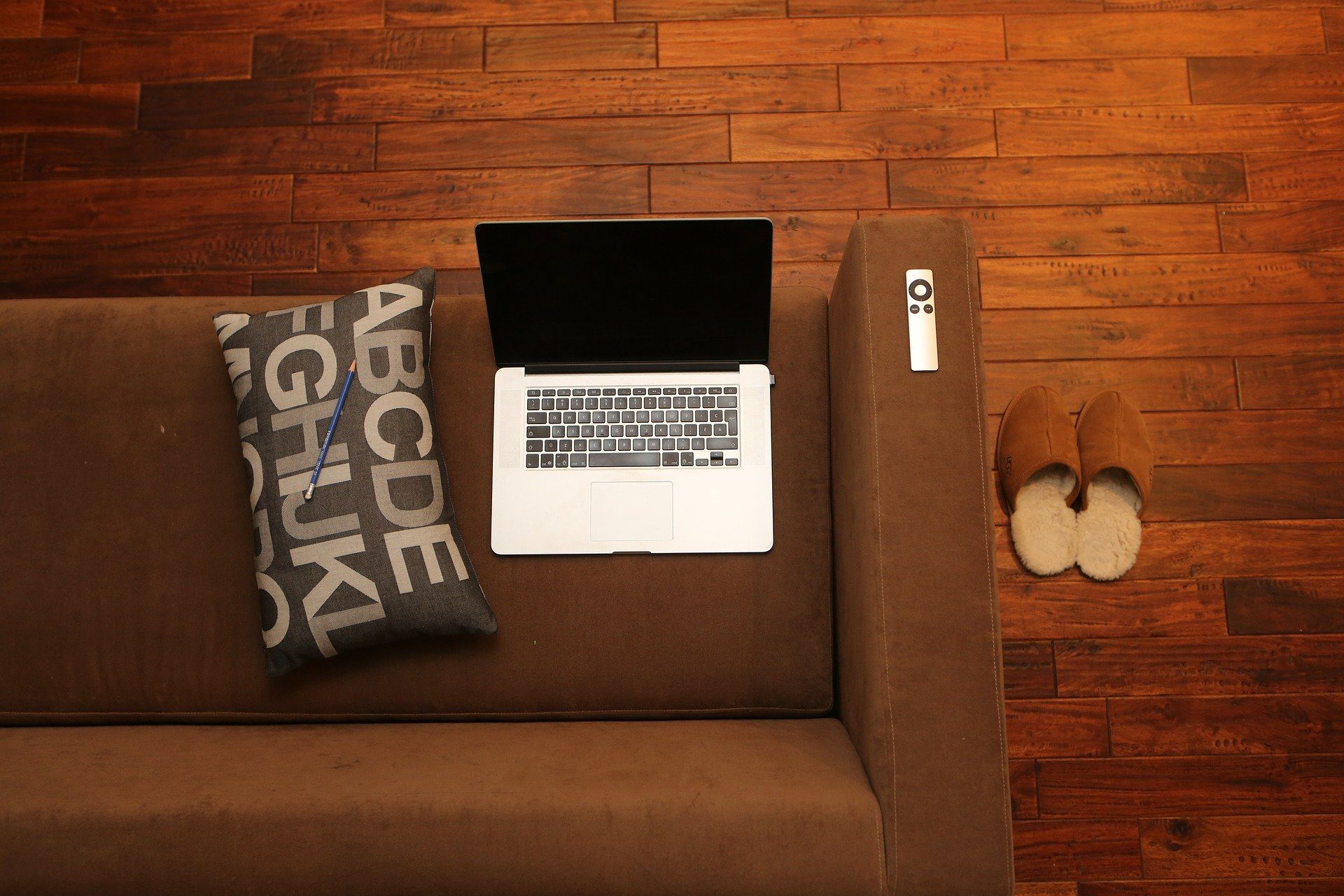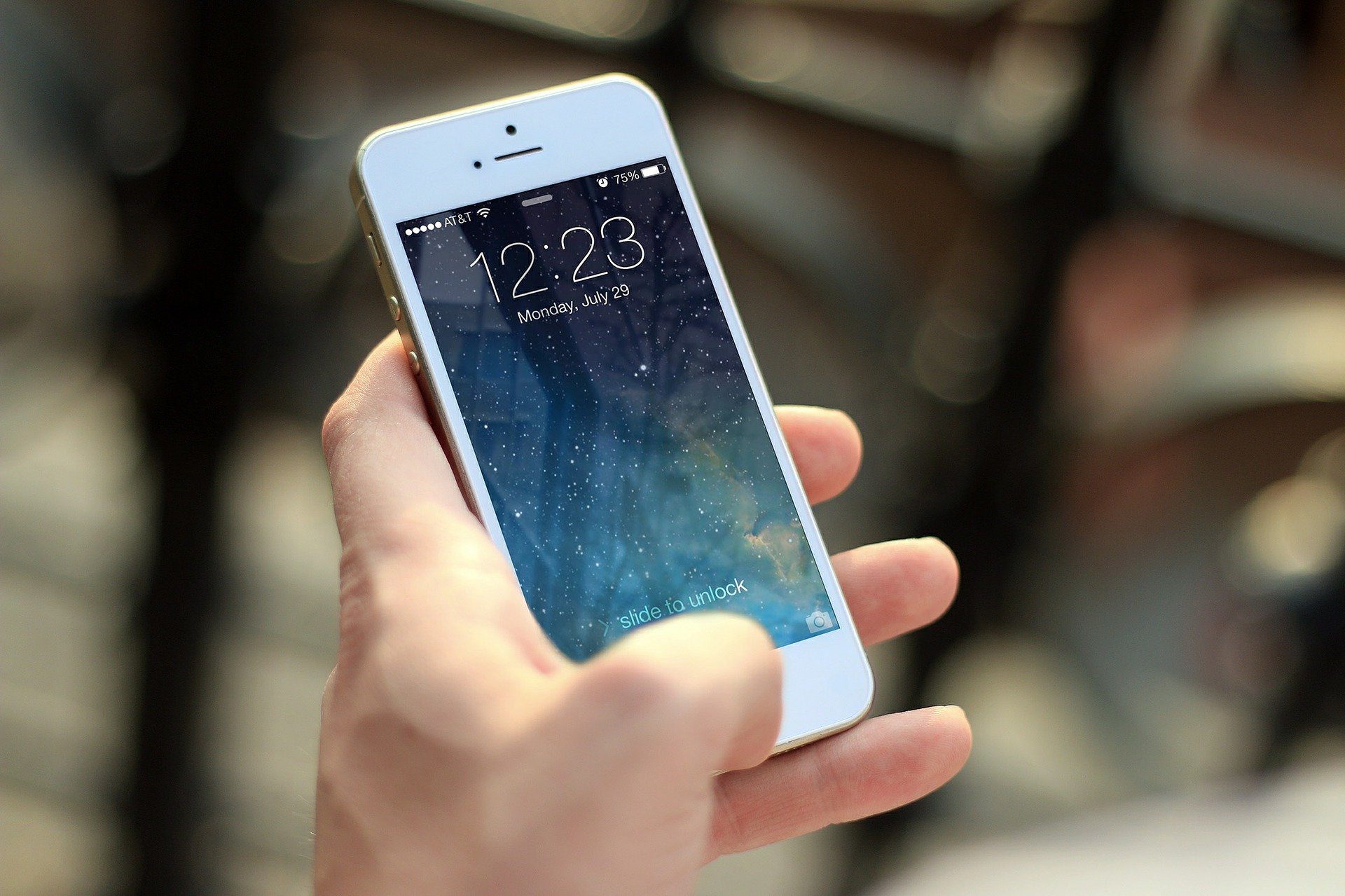For nearly 20 years, Roombas have been working hard to make our homes tidy. Made by iRobot, Roomba robotic vacuum cleaners use sensors to detect walls and items in a room, becoming smarter the more frequently they clean. And as Parks and Rec taught us, they make for great DJs, too.
In the age of smart TVs, smart refrigerators, and soon-to-be smart cities, the Roomba is probably the robot we know the best (Sorry, Rosey!). You’re likely familiar with an iRobot Roomba and may even own one already. But how does a Roomba actually work? What’s the secret science behind how it magically avoids walls and furniture? If you’ve ever wondered how a Roomba “thinks”, well, you’re in luck. We’ll discuss the robotic programming behind the cleaning patterns of a Roomba, as well as provide an in-depth look at its special features that tidy up dirt and dust. Finally, we’ll show you the latest and greatest improvements recent Roomba models have been given over the years.
The Jetsons had Rosey, but now you have a cute little buddy, who maybe just as smart — and arguably a lot cuter!
How does a Roomba work?
Just as humans have values we live by, there are set rules of Roomba. These rules determine how the Roomba functions. For example, the robot vacuum might start in the middle of a room, vacuuming in an outward spiral pattern to clean a concentrated area, rather than moving in a straight line. It then heads to the walls of a room.
As CNET notes: “Roboticists call these rules “behaviors,” and they are simple things like if you hit a wall, turn away from it.”
Roombas move entirely independently, and rely on different features (we’ll get to that later) in order to move around. Their patterns of movement are so seemingly preternatural that it’s easy to think your Roomba is alive. And humans being the pack animals we are, many Roomba owners have named their Roombas, just like you would a living, breathing pet.
There are four main parts to Roomba: sensors, bump, wheels, and brushes. These parts work in tandem to tackle tile, hardwood floors, carpet, and anything in between.
Robot vacuums can thank ants for their creation – the initial patent iRobot filed in 2002 references ants as an inspiration for Roomba. Though ants don’t have much brain capacity, they have a similar set of behaviors that help dictate their actions.
Diving into Roomba Sensors
Roomba’s most innovative features are its sensors, which help as it navigates around a house. How do all of these sensors work to let Roomba operate smoothly and efficiently?
Infrared waves, also known as infrared (IR) light, are a part of the electromagnetic spectrum. Though humans can’t see IR light, we can sense it as heat. Common uses of infrared include night vision (the ability to detect objects in dark environments), as a tool for predicting weather patterns, and as tracking technology.
A photoelectric cell (or photocell) emits a visible or infrared light beam from its light-emitting element. A reflective-type photoelectric sensor can then detect the light beam that the target reflects. Another sensor measures the change in light quality.
A Roomba contains both infrared sensors and photocell sensors, which work in combination to clean a room. The infrared sensor at the very front of the Roomba allows the vacuum to bounce light off an object to detect its presence, even if it’s cleaning after dark and there’s limited natural light. A Roomba measures how long it takes for an emitted infrared beam to bounce back to the photocell sensors, which provides more precise object detection. In essence, the photocells measure changes in light levels, while the infrared sensors can detect changes in motion.
Features of newer models
After nearly two decades on the market, Roombas have seen upgrades over the years. Newer models offer several advantages over older ones.
Battery life/power is also more efficient with newer Roombas. iRobot products are powered by rechargeable ion or NiHM batteries (with newer models adopting ion batteries), which can usually last for about 90 minutes before recharging. However, as they are entirely self-charging, Roombas are smart enough to head towards a charging station when their battery life is running low, and will dock as they regain a charge.
Though newer Roombas can function without WiFi, the iRobot Home app available on the iPhone and Android app stores adds extra convenience for newer models. After connecting to your home network, you can program a cleaning schedule through your smartphone, as well as learn more info and set up behavioral rules for your Roomba, such as actions to take when the dustbin is full.
It’s not only our vacuums that are getting smarter. Connect your Roomba to the same network as your Google Home and you can delegate scheduling a cleaning session to your smart home. Also available to Amazon’s Alexa, you can tell Google Assistant to “start”, “continue”, and “stop” cleaning and your Roomba will resume those functions and return to home base when it’s done.
Since their first launch in 2002, Roombas have helped revolutionize the robot vacuum industry. iRobot and other companies are continuing to innovate and grow our robot helpers. And vacuums aren’t the only innovation worth watching. With the internet of things growing at such a rapid pace, in 10 years, we’ll be able to turn on our Roombas from our driver-less, completely automated cars. Okay, maybe, not 10 years, but we’ll continue seeing automation and technology developing in new ways to improve our lives at home.
For an animated look at how all the Roomba sensors work, check out our guide at The Zebra.



